Content Menu
● The Importance of Swimwear Material
● Polyester: The Versatile Performer
>> Advantages of Polyester:
● Nylon: The Smooth Operator
>> Advantages of Nylon:
● Spandex/Lycra: The Stretch Master
>> Advantages of Spandex:
● Polyester PBT: The Chlorine Champion
>> Advantages of Polyester PBT:
● Neoprene: The Insulator
>> Advantages of Neoprene:
● Blended Fabrics: The Best of Both Worlds
● Eco-Friendly Options: Sustainability in Swimwear
● Factors to Consider When Choosing Swimwear Material
● Care and Maintenance of Swimwear
● The Future of Swimwear Materials
● Fashion Trends in Swimwear
● Conclusion
● Reference:
When it comes to enjoying water activities, whether it's swimming laps in a pool, lounging on a beach, or participating in water sports, the right swimwear can make all the difference. The material of your swimsuit plays a crucial role in comfort, performance, and durability. But with so many options available, you might wonder: what is the best material for swimwear? In this comprehensive guide, we'll dive deep into the world of swimwear fabrics, exploring their properties, advantages, and potential drawbacks to help you make an informed decision for your next aquatic adventure.

Before we delve into specific materials, it's essential to understand why the choice of fabric matters so much in swimwear. The ideal swimsuit material should possess several key characteristics:
a) Water Resistance: The fabric should repel water rather than absorb it, allowing for quick drying and preventing the swimsuit from becoming heavy when wet.
b) Durability: Swimwear is exposed to harsh conditions, including chlorine, saltwater, and UV rays. The material must withstand these elements without degrading quickly.
c) Elasticity: A good swimsuit should stretch to accommodate body movements while maintaining its shape over time.
d) Comfort: The fabric should feel soft against the skin and not cause irritation, even after prolonged wear.
e) UV Protection: Many modern swimwear materials offer built-in sun protection, which is crucial for extended outdoor use.
f) Colorfastness: The ability to retain color despite exposure to sun, chlorine, and saltwater is important for both aesthetics and longevity.
With these factors in mind, let's explore the most common and effective materials used in swimwear today.
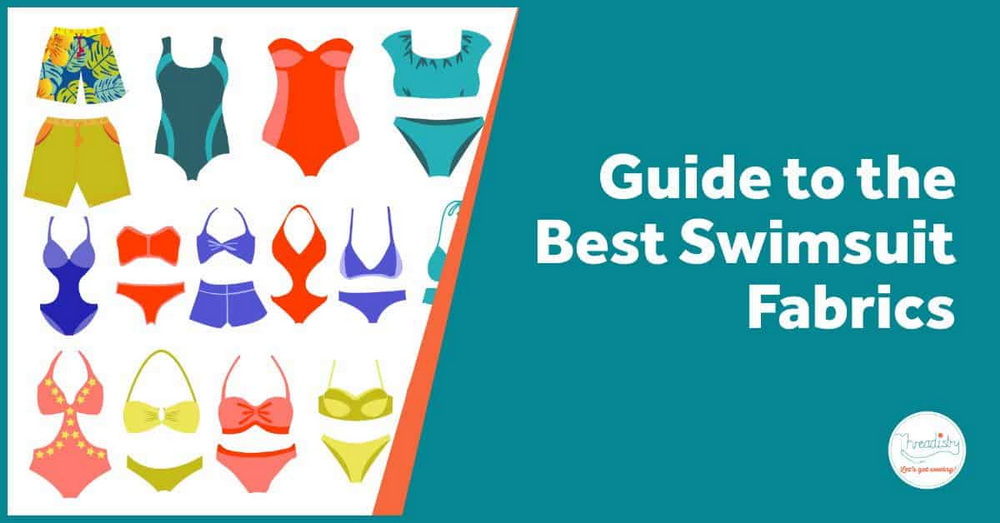
Polyester: The Versatile Performer
Polyester has become one of the most popular materials for swimwear, and for good reason. This synthetic fabric offers a combination of desirable properties that make it well-suited for aquatic environments 1.
Advantages of Polyester:
◆ Excellent chlorine resistance, making it ideal for frequent pool use
◆ High durability and shape retention
◆ Quick-drying properties
◆ Good colorfastness, resisting fading from sun and water exposure
◆ Relatively affordable compared to some other options
However, polyester isn't without its drawbacks. Some users find it less soft and comfortable against the skin compared to materials like nylon. Additionally, while it's quick-drying, it may not be as breathable as some natural fibers.
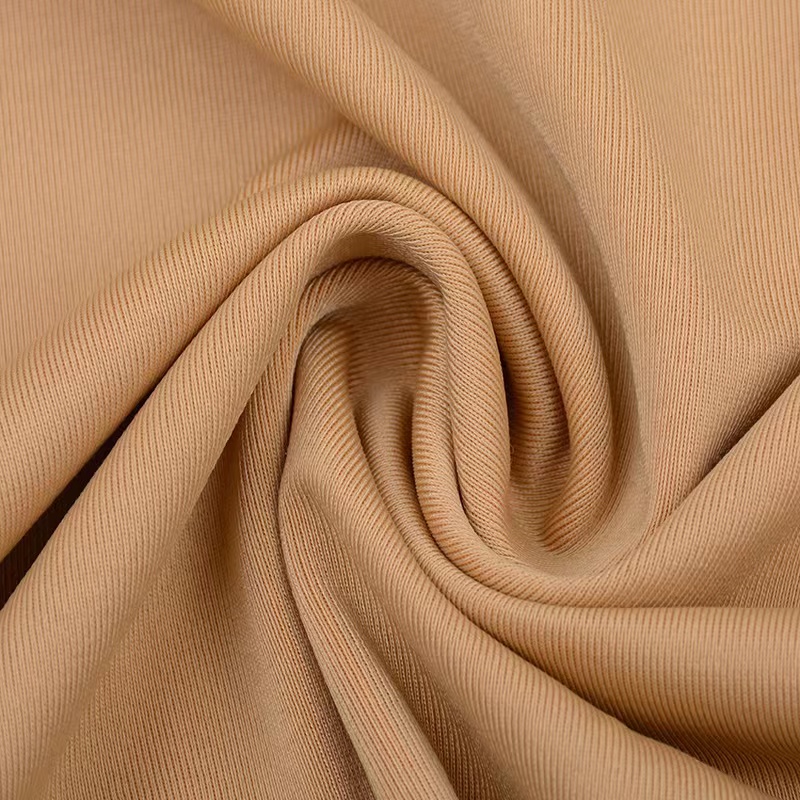
Nylon: The Smooth Operator
Nylon is another synthetic fabric that has long been a staple in swimwear production. Known for its silky feel and glossy sheen, nylon brings a touch of luxury to swimsuits 2.
Advantages of Nylon:
◆ Extremely lightweight and comfortable
◆ Excellent stretch and recovery properties
◆ Smooth fit that contours to the body
◆ Quick-drying and water-resistant
◆ Versatile in design and color options
The main drawback of nylon is its lower resistance to chlorine compared to polyester. This makes it less suitable for frequent pool use, as chlorine can cause the fabric to break down more quickly over time.
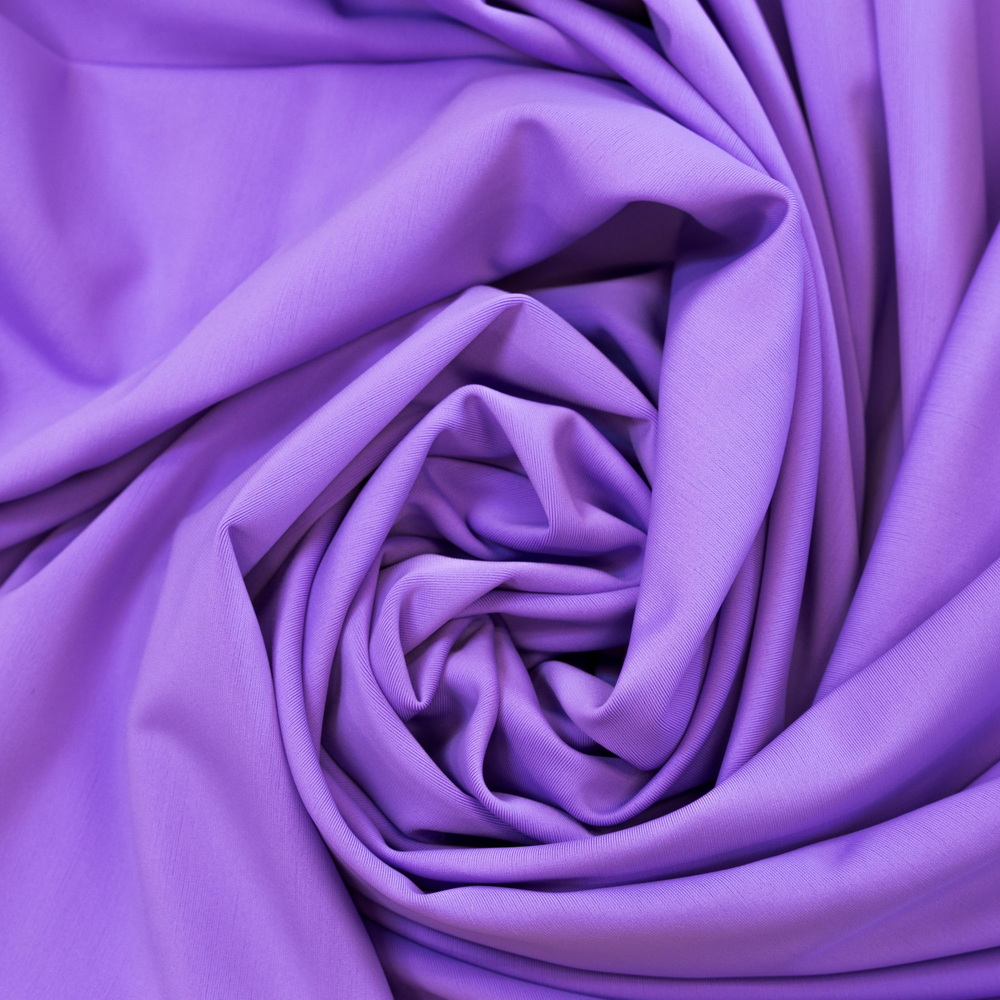
Spandex/Lycra: The Stretch Master
While rarely used on its own, spandex (also known as elastane or by the brand name Lycra) is a crucial component in most modern swimwear. It's typically blended with other materials to provide stretch and shape retention 3.
Advantages of Spandex:
◆ Exceptional elasticity and stretch
◆ Helps swimwear maintain its shape over time
◆ Allows for a snug, comfortable fit
◆ Enhances the performance of other materials when blended
The percentage of spandex in a swimsuit can significantly affect its properties. For example, a blend of 80% nylon and 20% spandex will be more elastic than one with 85% nylon and 15% spandex.
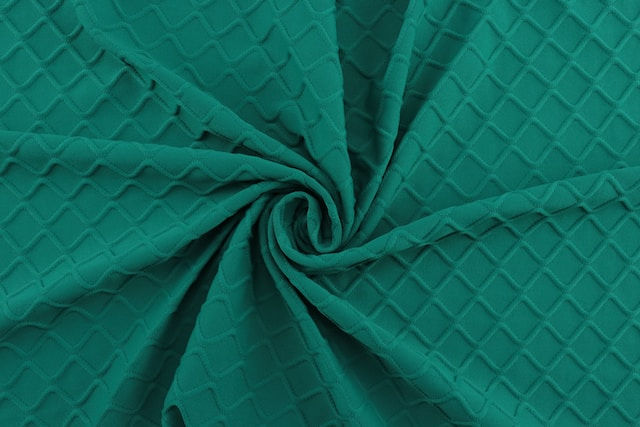
Polyester PBT: The Chlorine Champion
Polyester PBT (Polybutylene Terephthalate) is a specialized form of polyester that has gained popularity in competitive swimming circles. It offers enhanced properties that make it particularly well-suited for frequent pool use 4.
Advantages of Polyester PBT:
◆ Superior chlorine resistance compared to standard polyester
◆ Excellent shape retention and durability
◆ Fast-drying capabilities
◆ Good UV resistance
While polyester PBT is an excellent choice for competitive swimmers and frequent pool users, it may be overkill for casual beachwear or occasional swimmers.
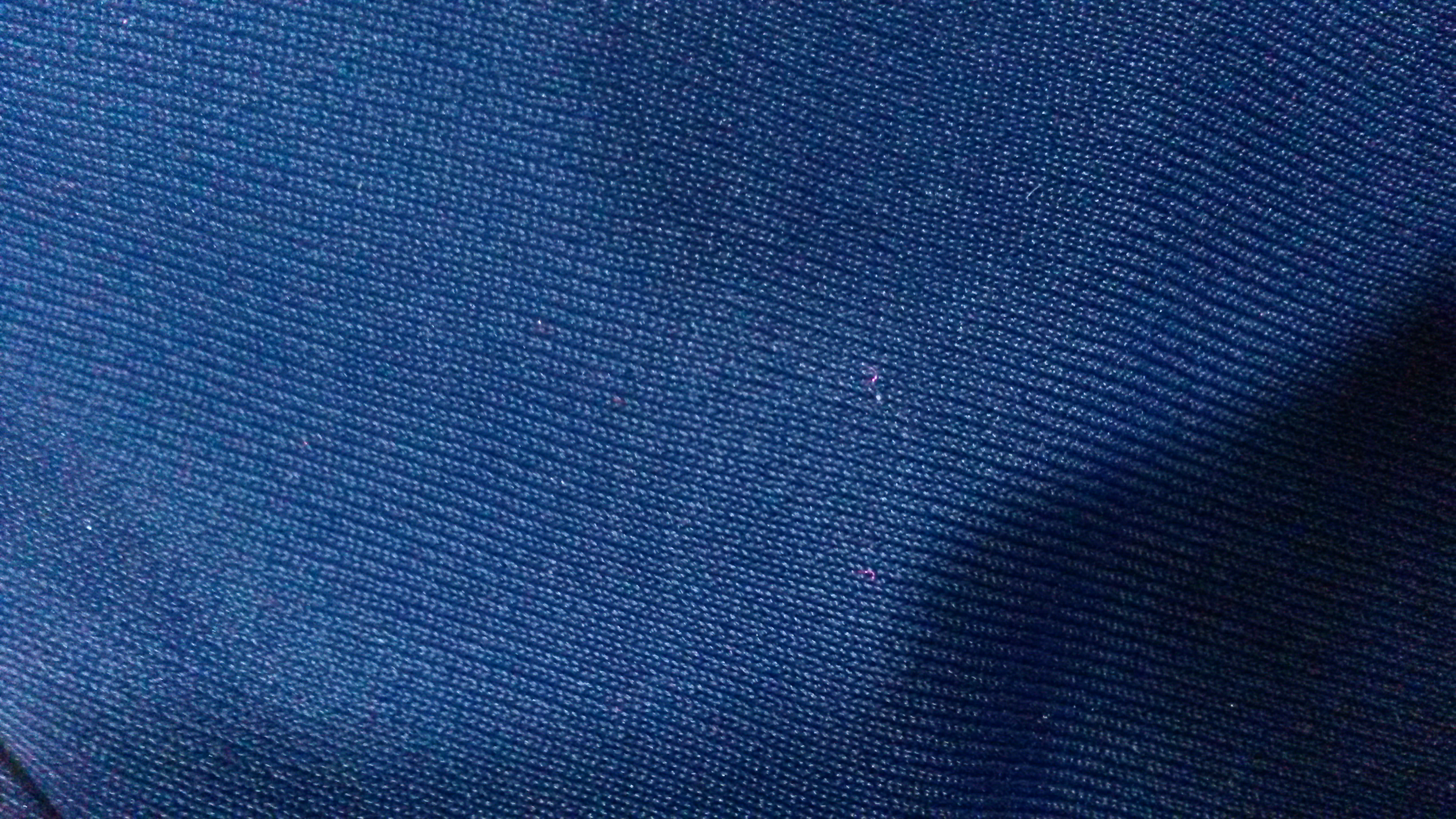
Neoprene: The Insulator
While not as common in traditional swimwear, neoprene deserves a mention due to its unique properties. This synthetic rubber is primarily used in wetsuits but has found its way into some swimwear designs 4.
Advantages of Neoprene:
◆ Excellent insulation properties, keeping the wearer warm in cold water
◆ Highly durable and resistant to tearing
◆ Provides buoyancy, which can be beneficial for some water activities
The main drawbacks of neoprene are its weight and slower drying time compared to other swimwear materials. It's also generally thicker, which may not be ideal for all types of swimwear.
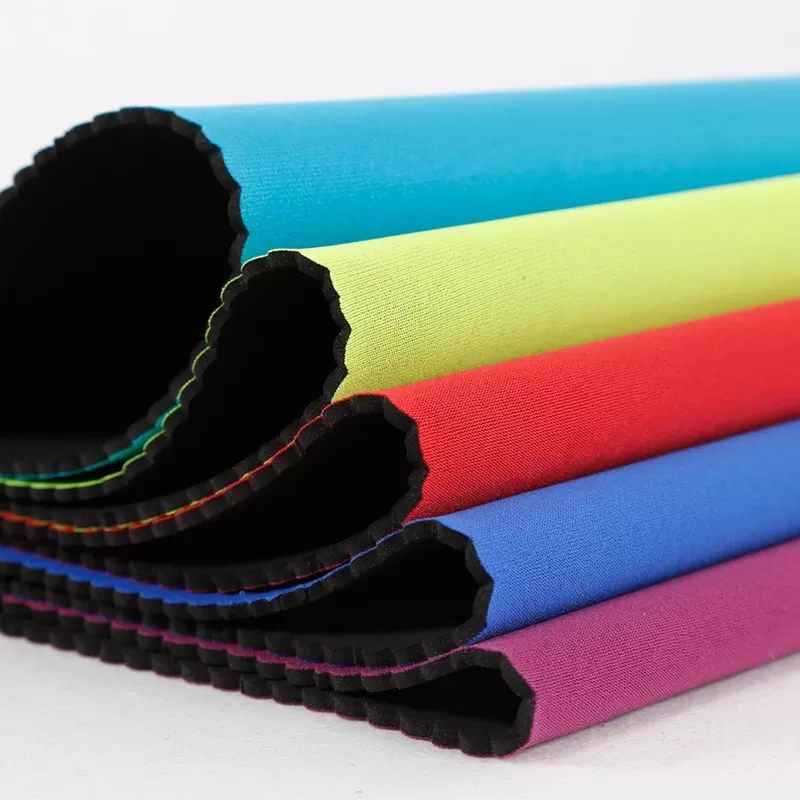
Blended Fabrics: The Best of Both Worlds
In practice, most swimwear is made from blends of different materials, combining the strengths of each to create an optimal fabric. Common blends include:
a) Polyester-Spandex: This blend offers the chlorine resistance and durability of polyester with the stretch and shape retention of spandex. It's a popular choice for both recreational and competitive swimwear 5.
b) Nylon-Spandex: This combination provides the soft feel and lightweight properties of nylon with the elasticity of spandex. It's often used in fashion-forward swimwear designs.
c) Polyester-PBT-Spandex: This tri-blend is favored in high-performance swimwear, offering chlorine resistance, durability, and stretch.
The exact percentages of each material in the blend can vary, affecting the overall properties of the fabric. For instance, a higher percentage of spandex will result in a stretchier, more form-fitting swimsuit.
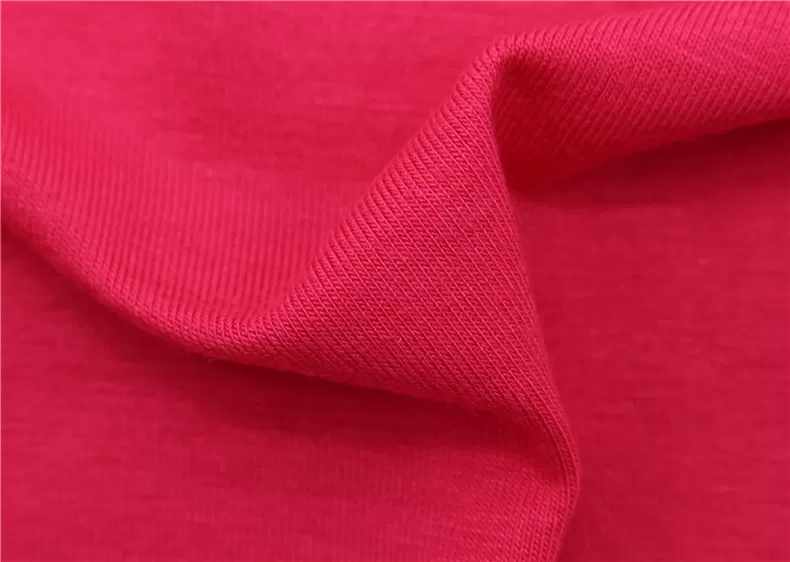
Eco-Friendly Options: Sustainability in Swimwear
As environmental concerns become increasingly important, many swimwear manufacturers are turning to eco-friendly materials. These options aim to reduce the environmental impact of swimwear production while maintaining the performance characteristics needed for aquatic use 6.
a) Recycled Polyester: Made from post-consumer plastic bottles, recycled polyester offers similar properties to virgin polyester but with a lower environmental footprint.
b) ECONYL: This innovative fabric is made from recycled nylon waste, such as fishing nets and carpet fibers. It offers the same properties as traditional nylon but is infinitely recyclable.
c) Repreve: Another recycled polyester option, Repreve is often blended with spandex to create stretchy, eco-friendly swimwear fabric.
These sustainable options demonstrate that it's possible to create high-performance swimwear while also considering environmental impact.
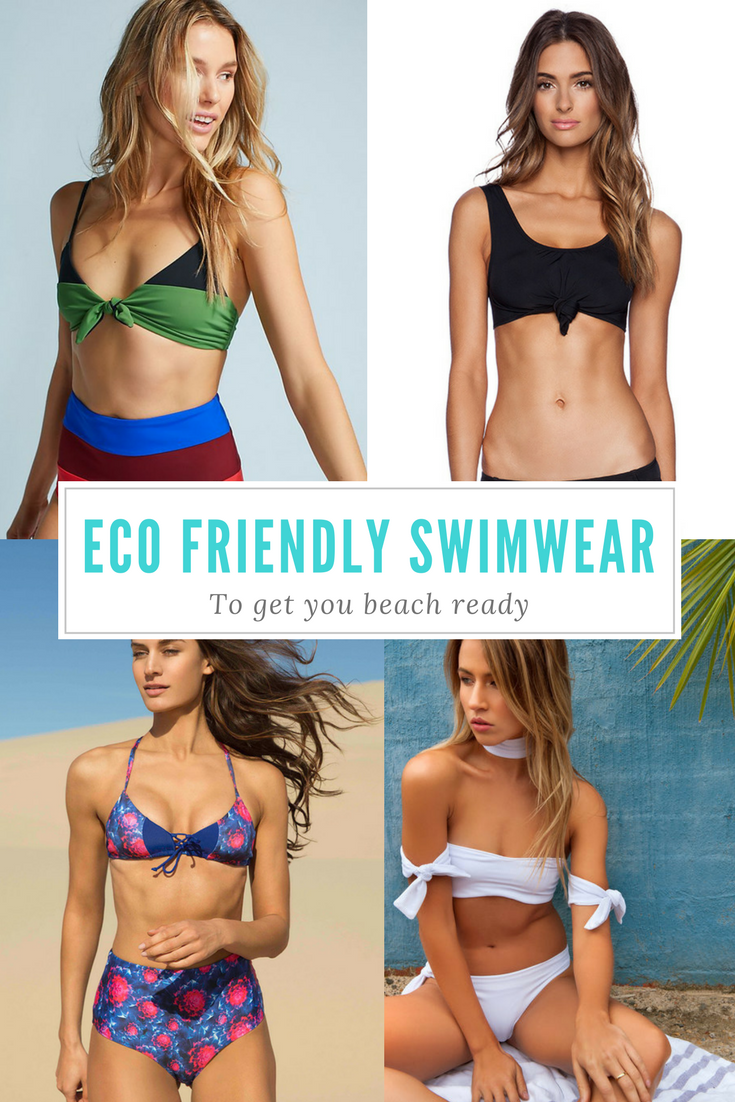
Factors to Consider When Choosing Swimwear Material
When selecting the best material for your swimwear, consider the following factors:
a) Intended Use: Are you looking for a suit for casual beach use, competitive swimming, or water sports? Different activities may require different material properties.
b) Frequency of Use: If you're a frequent swimmer, especially in chlorinated pools, prioritize chlorine-resistant materials like polyester or polyester PBT.
c) Body Type and Fit Preferences: Some materials, like those with higher spandex content, offer more compression and shaping properties.
d) Care and Maintenance: Consider how much time and effort you're willing to put into caring for your swimwear. Some materials are more delicate and require special care.
e) Budget: While high-performance materials can be more expensive, they may offer better longevity, potentially saving money in the long run.
f) Personal Comfort: The feel of the fabric against your skin is crucial. Some people may prefer the softness of nylon, while others may not mind the slightly coarser feel of polyester.
g) Style and Design: Some materials lend themselves better to certain styles or prints. For example, nylon's smooth surface is excellent for vibrant, detailed prints.

Care and Maintenance of Swimwear
Regardless of the material you choose, proper care can significantly extend the life of your swimwear:
◆ Rinse your swimsuit in cool, fresh water immediately after use, especially if exposed to chlorine or saltwater.
◆ Hand wash your swimwear using a mild detergent designed for delicate fabrics.
◆ Avoid wringing or twisting your swimsuit to remove excess water. Instead, gently squeeze it or lay it flat to dry.
◆ Keep your swimwear out of direct sunlight when drying, as UV rays can fade colors and degrade the fabric over time.
◆ Rotate between multiple swimsuits if you're a frequent swimmer to allow each suit time to fully dry and recover its shape between uses.
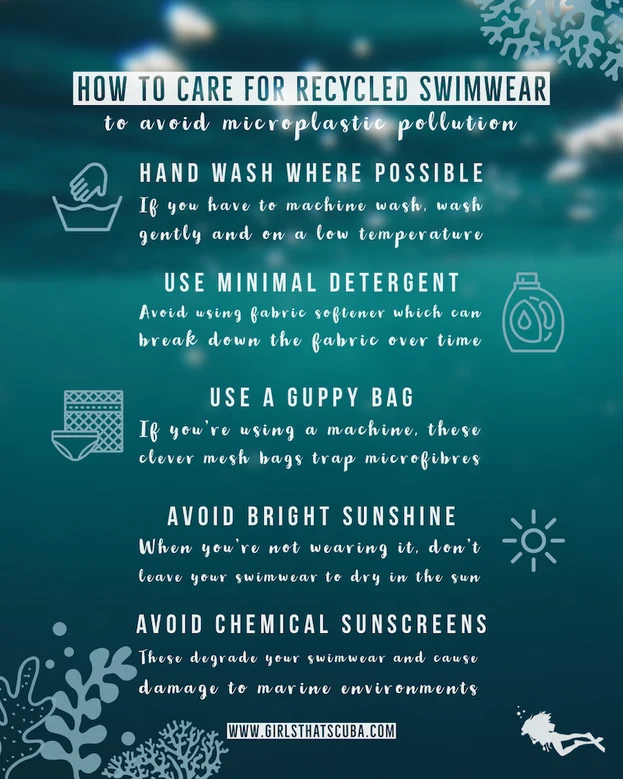
The Future of Swimwear Materials
As technology advances, we can expect to see continued innovation in swimwear materials. Some exciting developments on the horizon include:
a) Smart Fabrics: Textiles embedded with technology that can monitor UV exposure or even change color based on temperature.
b) Biomimetic Materials: Fabrics inspired by nature, such as sharkskin-inspired textures for improved hydrodynamics.
c) Advanced Sustainable Materials: New eco-friendly options that offer even better performance while further reducing environmental impact.
d) Customizable Fabrics: Materials that can be tailored to individual needs, such as adjustable compression levels or personalized UV protection.
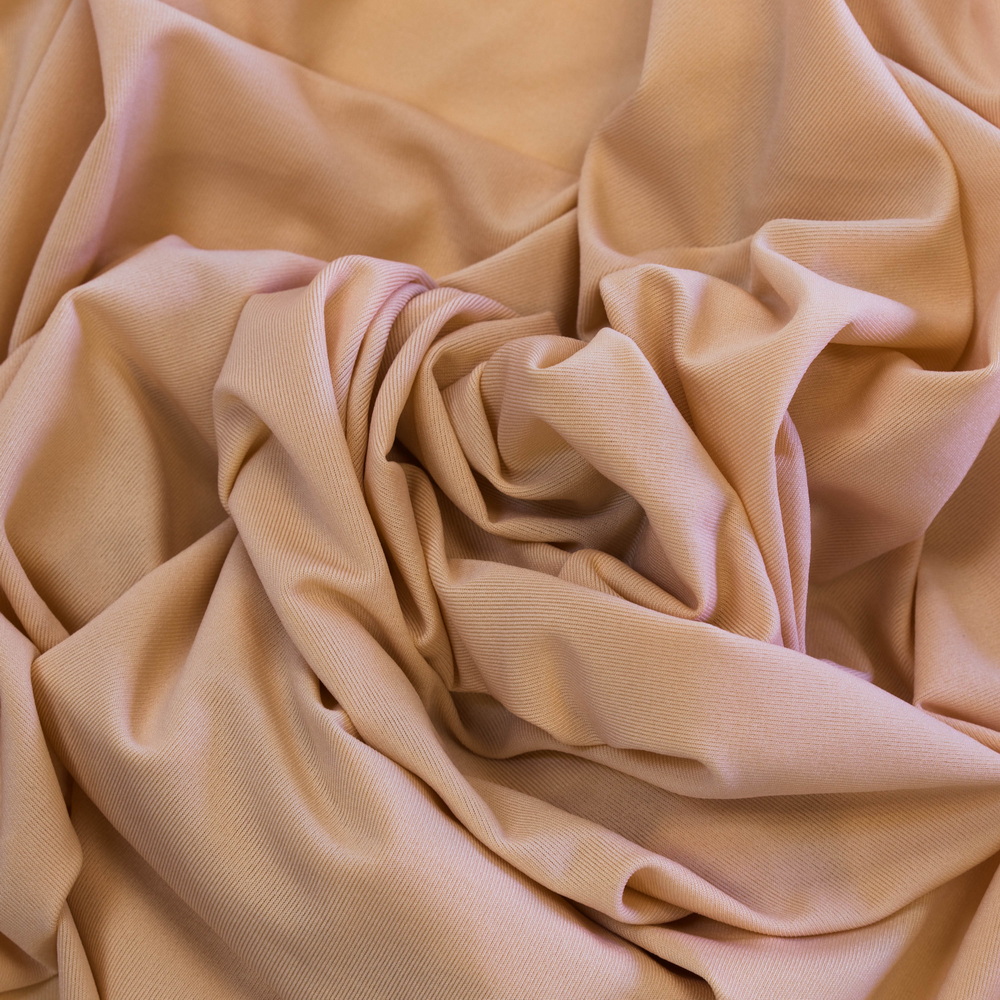
Fashion Trends in Swimwear
Swimwear fashion is constantly evolving, with new trends emerging each season. Here are some current trends:
◆ Bold Prints and Colors: Vibrant colors and eye-catching prints are popular, allowing individuals to express their style.
◆ Sustainable Fashion: As consumers become more environmentally conscious, swimwear made from recycled materials is gaining traction.
◆ Athleisure Influence: The rise of athleisure has influenced swimwear design, with more functional and sporty styles becoming available.
◆ Inclusive Sizing: Many brands are expanding their size ranges to cater to a more diverse audience, promoting body positivity and inclusivity.

Conclusion
In the quest for the best material for swimwear, there's no one-size-fits-all answer. The ideal choice depends on a variety of factors, including intended use, personal preferences, and specific needs. Polyester offers excellent chlorine resistance and durability, making it a great all-around choice. Nylon provides a soft, comfortable feel with good stretch properties. Spandex, while not used on its own, is crucial for providing the stretch and shape retention that modern swimwear demands.
For competitive swimmers or those who spend a lot of time in chlorinated pools, polyester PBT blends offer superior performance and longevity. Those prioritizing eco-friendliness might opt for recycled materials like ECONYL or Repreve, which offer similar properties to their non-recycled counterparts with a lower environmental impact.
Ultimately, the best swimwear material is one that meets your specific needs, feels comfortable, and allows you to enjoy your time in the water without worry. By understanding the properties of different swimwear materials, you can make an informed decision that balances performance, comfort, durability, and style.
Remember, regardless of the material you choose, proper care and maintenance will help ensure that your swimwear lasts longer and continues to perform at its best. So dive in, make a splash, and enjoy your aquatic adventures in comfort and style!
Reference:
1 https://openwaterhq.com/swimming/what-are-swimsuits-made-of/
2 https://sewingtrip.com/what-fabric-is-used-for-bathing-suits/
3 https://bombshellbayswimwear.com/blogs/ghost-nets-and-what-they-are-doing-to-our-oceans/choosing-swimsuit-material-the-best-swimsuit-fabric-for-you
4 https://threadistry.com/blog/swimsuit-fabrics/
5 https://prototype.fashion/best-swimsuit-fabric/
6 https://appareify.com/hub/swimwear/best-fabrics-for-making-swimsuits












































































